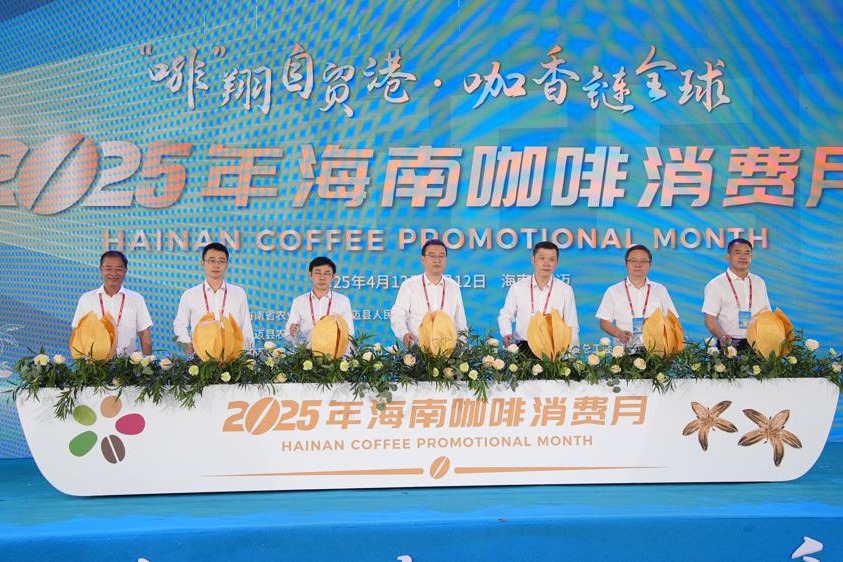China-ASEAN e-commerce to expand


The cross-border e-commerce trade volume between China and the Association of Southeast Asian Nations countries will increase by 50 percent in 2018, boosted by trade facilitation, according to an expert.
Zhao Ping, director of the international trade research department under the aegis of the Academy of China Council for the Promotion of International Trade, said that there is huge potential in the cross-border e-commerce trade between China and ASEAN.
"Products from China and ASEAN have strong complementarity. ASEAN countries have high demands toward high value-added industrial products from China. Computer, communication and consumer electronics products (3C products) make up the highest ratio of China's exports to ASEAN countries, with the second and third places taken by health and beauty products and fashion accessories.
"China mainly imports agricultural and high-quality specialty products from ASEAN, such as health products, latex pillows, milk powder, convenience foods, brewed drinks, snacks and rice," Zhao said.
According to a report by CCPIT Academy, investment in cross-border e-commerce trade between China and ASEAN has been active in recent years. For example, Alibaba Group Holding Ltd took over Lazada Group, one of the biggest e-commerce platforms in ASEAN, achieving absolute control over the company. China's second-largest e-commerce company JD joined hands with Thai company Central Group Co Ltd to set up a joint venture, JD Central, in order to offer e-commerce and fintech services.
Chinese companies' investment in ASEAN countries covers e-commerce, payments, logistics and mobile applications. The technology and channel advantages of Chinese companies can drive the development of related industries in Southeast Asia and promote the development of bilateral cross-border e-commerce.
However, the CCPIT Academy report showed that the level of cross-border e-commerce trade between China and ASEAN needs to improve. According to its survey, most of the enterprises interviewed think the development of cross-border e-commerce trade between China and ASEAN remains at an average level.
Only 24.39 percent of enterprises said development was relatively satisfactory, while 14.63 percent said it was poor. Currently, China is mainly developing cross-border e-commerce in Thailand, Malaysia, Singapore and Indonesia, while the business in the remaining ASEAN countries is in the early stages.
The survey also found that trade facilitation influences the development of cross-border e-commerce trade, and that high-level trade facilitation boosts the process in aspects such as customs clearance, logistics and facilitation infrastructure.
Meanwhile, constant improvement in the level of cross-border e-commerce development will raise requirements for trade facilitation, thus promoting its evolution. The improvement in the level of trade facilitation and cross-border e-commerce development are complementary.
Infrastructure construction is fundamental to the development of cross-border e-commerce. Of the enterprises interviewed, 22.22 percent said that warehouse costs were high in cross-border e-commerce trade between China and ASEAN, while 38.89 percent said logistics efficiency was low.
Well-developed logistics infrastructure can effectively reduce cross-border e-commerce operating costs and enhance the user experience of consumers, the report said.
In addition, weak financial bases and low take up of electronic payments limit the development of cross-border e-commerce. At present, the financial bases in most Southeast Asian countries are weak, and electronic payments are not widely used in the region. A total of 38.89 percent of the enterprises said that the electronic payment system for cross-border e-commerce trade between China and ASEAN was incomplete.
To solve these problems, CCPIT Academy suggested that infrastructure between China and ASEAN covering internet, logistics, e-commerce laws and regulations and the policy environment should be strengthened.
In addition, trade facilitation should be improved and a cooperation mechanism established.




































